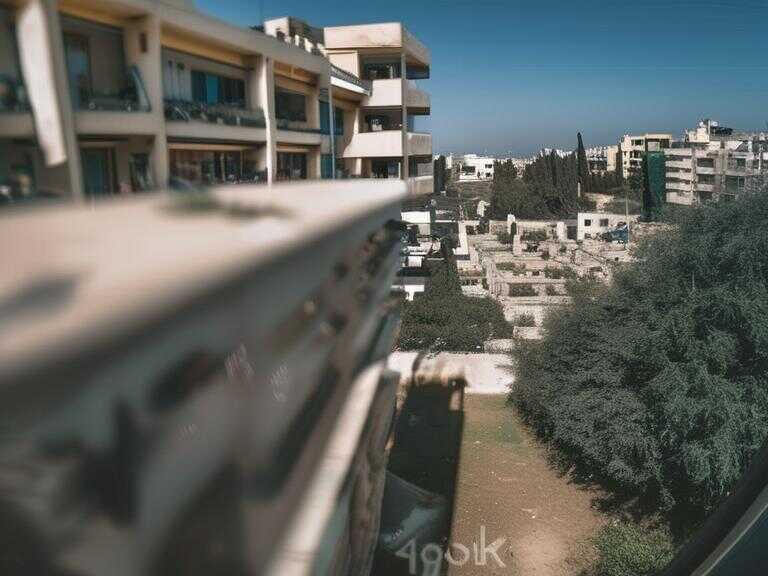
490+ Killed in Israel's Deadliest Strikes on Lebanon Since 2006; Violence Escalates Amid Tensions
Israeli airstrikes on Lebanon have killed over 490 people, marking the deadliest barrage since the 2006 Israel-Hezbollah war, leading to mass evacuations.

In a devastating series of Israeli airstrikes on Lebanon, the death toll has surpassed 490 individuals, including over 90 women and children, according to Lebanese authorities. This marks the most lethal assault since the 2006 Israel-Hezbollah conflict. The Israeli military has issued warnings to residents in southern and eastern Lebanon, urging them to evacuate in preparation for an expanded air campaign targeting Hezbollah positions.
Mass Exodus and Humanitarian Crisis
The intense strikes have prompted a massive exodus from the southern region of Lebanon, as thousands of residents flee the impending danger. The main highway leading out of the southern port city of Sidon has been inundated with vehicles heading toward Beirut, marking the largest displacement since the 2006 war. The situation has also raised concerns about a potential humanitarian crisis, with the Lebanese health ministry reporting a staggering toll of 492 fatalities, including 35 children and 58 women, as well as 1,645 injured individuals. This comes on the heels of a deadly attack on communication devices that had already left the country reeling.
Israeli Government's Call to Lebanese Civilians
In a recorded message, Israeli Prime Minister Benjamin Netanyahu addressed the Lebanese populace, urging them to heed the evacuation warnings. He emphasized the importance of taking the warning seriously, asserting that once the military operation was concluded, residents would be able to return safely to their homes. Israel's military officials also conveyed their determination to neutralize Hezbollah, highlighting the extensive rocket and drone attacks launched by the group into Israel since October, including a substantial number on a single day.
Targeted Strikes and Military Operations
Israeli military spokesperson, Rear Adm. Daniel Hagari, disclosed that the air force had conducted extensive strikes, targeting 1,300 Hezbollah sites on that fateful day. The strikes reportedly dismantled a range of military capabilities, including cruise missiles, various types of rockets, and attack drones. Many of these assets were purportedly concealed in residential areas, prompting Israel to showcase visual evidence of weaponry hidden in private homes. The military chief, Lt. Gen. Herzi Halevi, highlighted the proactive nature of the airstrikes, aimed at countering Hezbollah infrastructure that had been established over the past two decades.
Regional and International Reactions
As the situation escalated, Hezbollah retaliated by launching rockets toward Israel, including strikes on military bases and facilities belonging to a defense firm. The exchange of hostilities has drawn international attention, with the U.S. administration expressing concern over the unfolding situation. White House Press Secretary Karine Jean-Pierre stressed the need for a diplomatic resolution to de-escalate tensions in the region.
Comparative Casualties
The casualty figures from the recent strikes far exceed those from the devastating port explosion in Beirut in 2020, underscoring the severity of the situation. The Lebanese Health Ministry has urged hospitals in southern Lebanon and the eastern Bekaa Valley to prioritize non-urgent surgeries in order to accommodate the influx of injured individuals. Furthermore, the government has mobilized resources to provide shelter for the displaced population.
Psychological Warfare and Community Impact
The dissemination of text messages advising residents to evacuate buildings suspected of housing Hezbollah weaponry has sparked concerns about psychological warfare tactics. Lebanese officials have urged the public to remain calm and not to yield to what they perceive as psychological manipulation. The ongoing exchanges of fire have resulted in widespread displacement, affecting communities on both sides of the border.
Historical Context and Ongoing Threats
The current escalation is rooted in a complex historical context, with Hezbollah's activities in southern Lebanon dating back to its establishment in 1982 with the support of Iran's Revolutionary Guards. The relentless exchanges of fire have raised apprehensions about the potential for an all-out war, particularly as Israel continues to counter Hamas in Gaza while simultaneously addressing the threats posed by Hezbollah.
Humanitarian Appeals and International Concerns
As the death toll continues to rise, the humanitarian impact of the conflict is becoming increasingly evident. Appeals for humanitarian assistance are expected to gain momentum, prompting concerns about the immediate needs of affected populations. The international community will likely play a crucial role in addressing the evolving humanitarian situation and providing support to those affected by the violence.
Future Considerations
Looking ahead, the resolution of the ongoing conflict will require concerted diplomatic efforts to de-escalate tensions and facilitate a cease-fire. The involvement of regional and international actors will be essential in mediating discussions aimed at achieving a sustainable resolution to the multifaceted challenges posed by the conflict.
Share news















